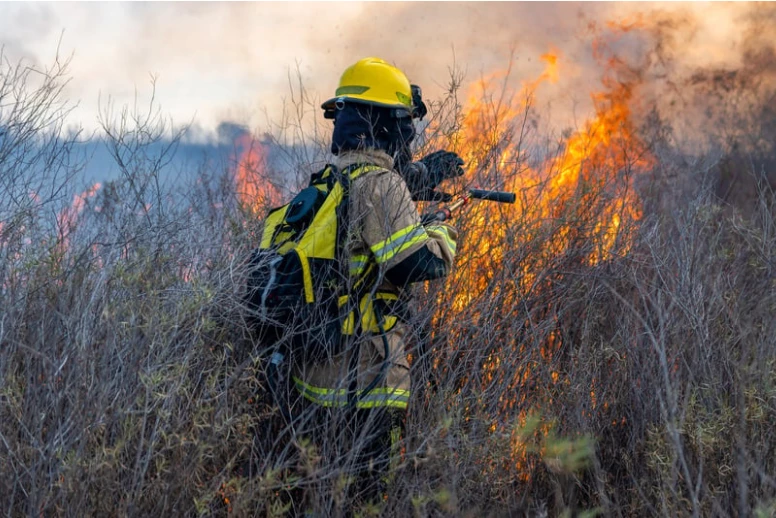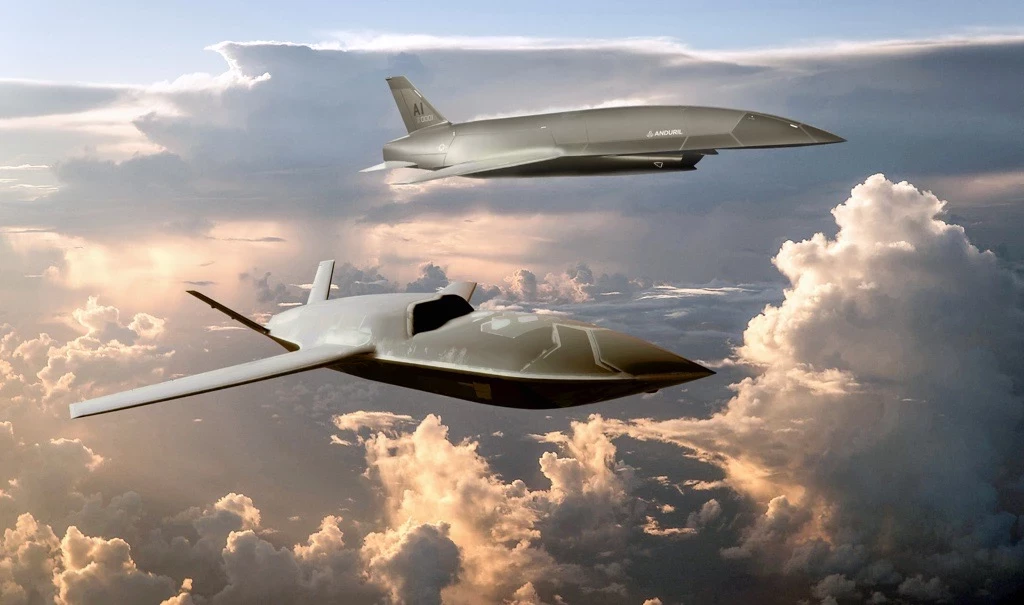Emerging Stronger In The Face Of Challenge: Military Flight Retention
Add bookmarkMilitary pilot retention is an ongoing challenge. In the past through the present, pilots cited preparedness and capacity as reasons for leaving the force. Understanding why pilots leave is crucial, but more important is remedying the problem. The current shortage has led the government, defense agencies, and the US Air Force to reevaluate strategies, tactics, and funding all in an effort train additional personnel and retain the existing ones.
In an interview with Air Force Times, Air Force Chief of Staff General Dave Goldfein highlighted the importance of taking a holistic approach to closing the gap. Developing well rounded strategies to address pilots’ concerns is the best way to combat the shortage. These measures can be broken out into the following:
New Pilots
Recruiting a consistent amount of new pilots each year is the first way to address fluctuations within the force. Some simply say more is better, but that mentality has proven too costly. Bringing in a steady stream of 1400-1500 new pilot trainees each year will allow the USAF to eliminate the constant scaling up and down of instructors, training facilities, airplanes, and other resources that currently contribute to its inefficiencies.
Expanded VRAAD
In addition to new pilots, the USAF will also focus on bringing back retirees through an expanded Voluntary Retired Return to Active Duty (VRRAD) Program. The previous VRRAD programs limited the amount of time retirees could serve (12 months) and the amount of retirees who could serve at any given time (25). A May 2018 interview with the Air Force Personnel Center (AFPC) found that many interested retirees felt a 12 month stint was not worth uprooting their entire family and reentering the force. The newly expanded program allows retirees to serve 24-48 months, with up to a year to retrain.
Increased Air Time
The Air Force is also taking steps to increase the amount of flight hours pilots get without sacrificing quality in other areas. The aforementioned recruiting increase is not just limited to pilots, but expands to sectors including cyber, nuclear, maintenance, and logistics. Progress is already underway; from an administrative standpoint, the Military understands that pilots simply want to do their jobs, but are often bogged down by arduous paperwork and administrative tasks that take away from their time in the cockpit. To combat this, the Air Force has already hired 126 civilian contractors to help with administrative tasks and reduce the workload for fighter pilots. The maintenance department has also seen a huge improvement; the once 4,000 maintenance airman shortage has already been reduced to just 200. With more maintainer staff, more trainer aircraft will be readily available for students to practice on, further increasing the amount of in-flight hours students have access to.
Outside the Box
Optimizing current resources are smart and effective ways to improve pilot retention, but the USAF is also thinking outside the box. Plans are in place to partner with universities to bring in students who already went through private aviation programs and training. These students would have the basic skillset needed to advance more quickly through the force, and be able to complete an abridged pilot training program in the T-1.
Another possibility being explored is through technology. Legacy training programs mandated that all students had to advance through the program together, but the reality is that incoming students have access to computerized flight simulators on their computers and smart phones that surpass what was available even 30 years ago. Implementing Virtual Reality and innovative instruction methods could allow students with private/external flying experience to capitalize on their already-developed skill set and advance through the program quicker than those without.
Pay Increase
A somewhat obvious incentive for pilots to stay is through a pay bump. Increased salary offerings, an expanded Aviation Bonus Program (up to $35k per year for up to 13 years), and a higher monthly flight pay for both officers and enlisted air crew are all part of the multi-tiered approach. Money, however, only goes so far. Goldfein iterates that money is important to the extent of easing financial burdens on families. This will certainly improve pilots’ work-life balance, which in turn will incentivize them to stay. Beyond that, "More money is not what’s going to keep people in the Air Force.”
So what is the real key to keeping pilots in the force? Goldfein says it comes down to inspirational leadership. “People stay in the United States Air Force because they feel like they’re on a high-powered team, a squadron that’s doing meaningful work, making a difference. It’s why they joined; it’s why they’re going to stay.”
The 4th Annual Military Flight Training Summit, running in San Antonio, TX, will address military pilot retention as a key topic area. For more information, reach out to idga@idga.org or request a copy of the preliminary 2018 agenda. We look forward to seeing you onsite!























